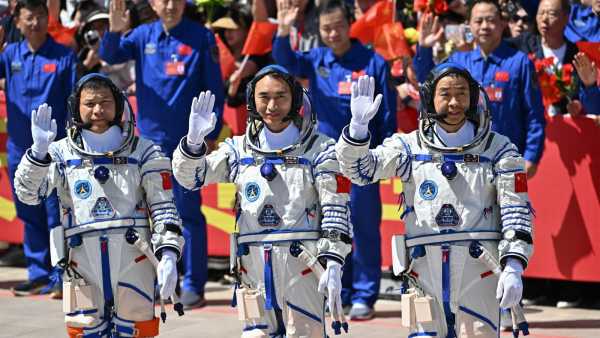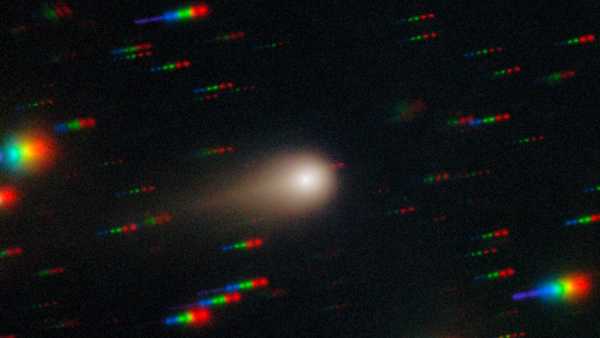
A two-dimensional slice of simulated turbulence between stars, shown in a new study conducted on a supercomputer. (Image credit: J. Beattie)
If you’ve ever poured milk into a cup of coffee and watched it swirl, you’ve witnessed turbulence in action. The phenomenon is responsible for everything from the vibrations of an airplane to ocean currents. Now, researchers have developed a way to visualize turbulence in the interstellar medium — the clouds of gas and charged particles between stars — in unprecedented detail, including how it interacts with magnetic fields.
The model was presented in a paper published May 13 in the journal Nature Astronomy. “This is the first time we’ve been able to study these phenomena with such precision and at such a wide range of scales,” said James Beattie, an astrophysicist at the University of Toronto and Princeton University and lead author of the new study.
Such complex calculations require significant computing power. To create their model, Beattie and his team used the SuperMUC-NG supercomputer at the Leibniz Supercomputing Center in Germany. The model is scalable, consisting of many virtual modules that can be combined to form a cube of 10,000 units. At this scale, it can help scientists model the magnetic field of our galaxy. When scaled down, it can be used to analyze more localized turbulent processes in space, such as the solar wind, the flow of charged particles emanating from the Sun.
You may like
Sourse: www.livescience.com





